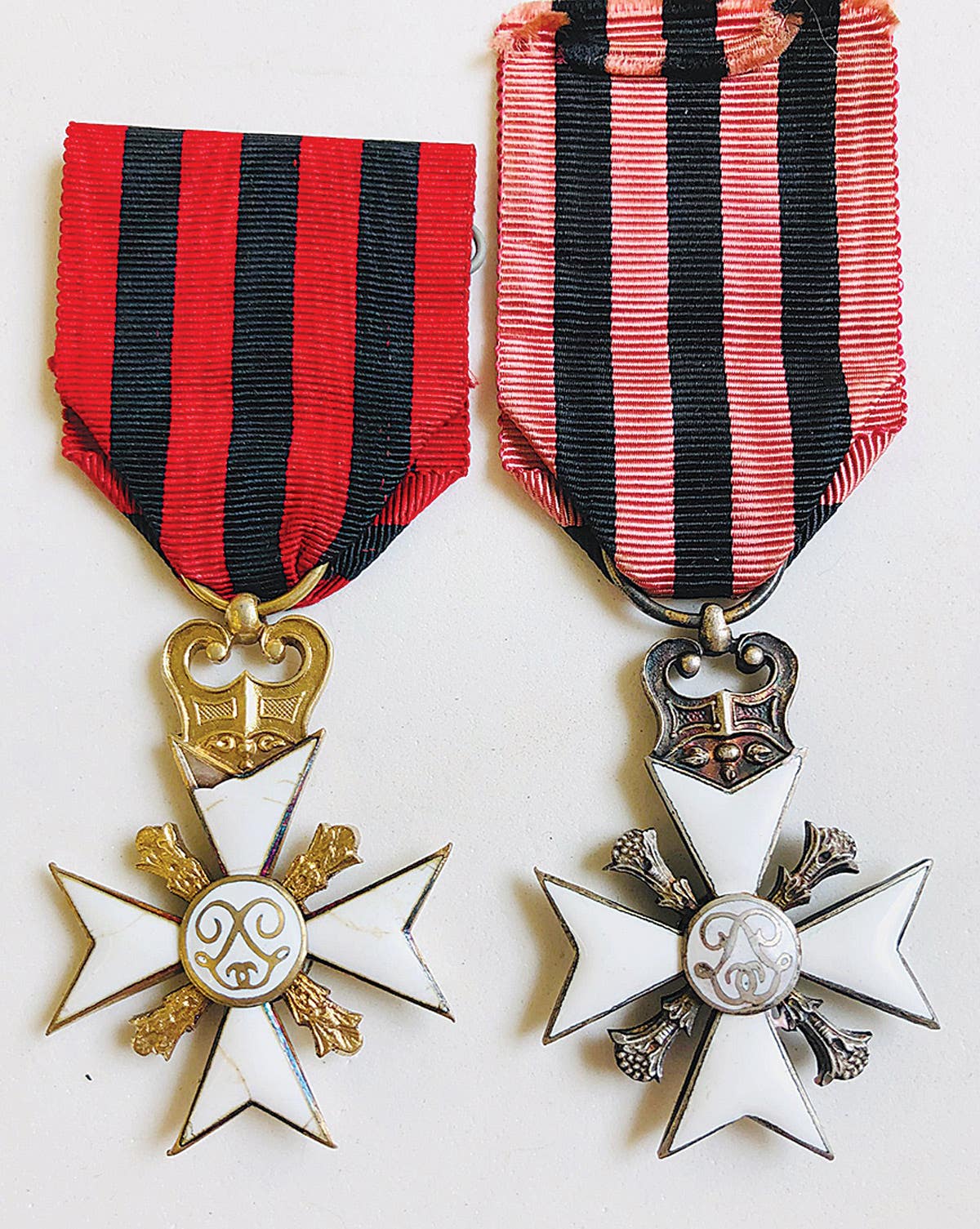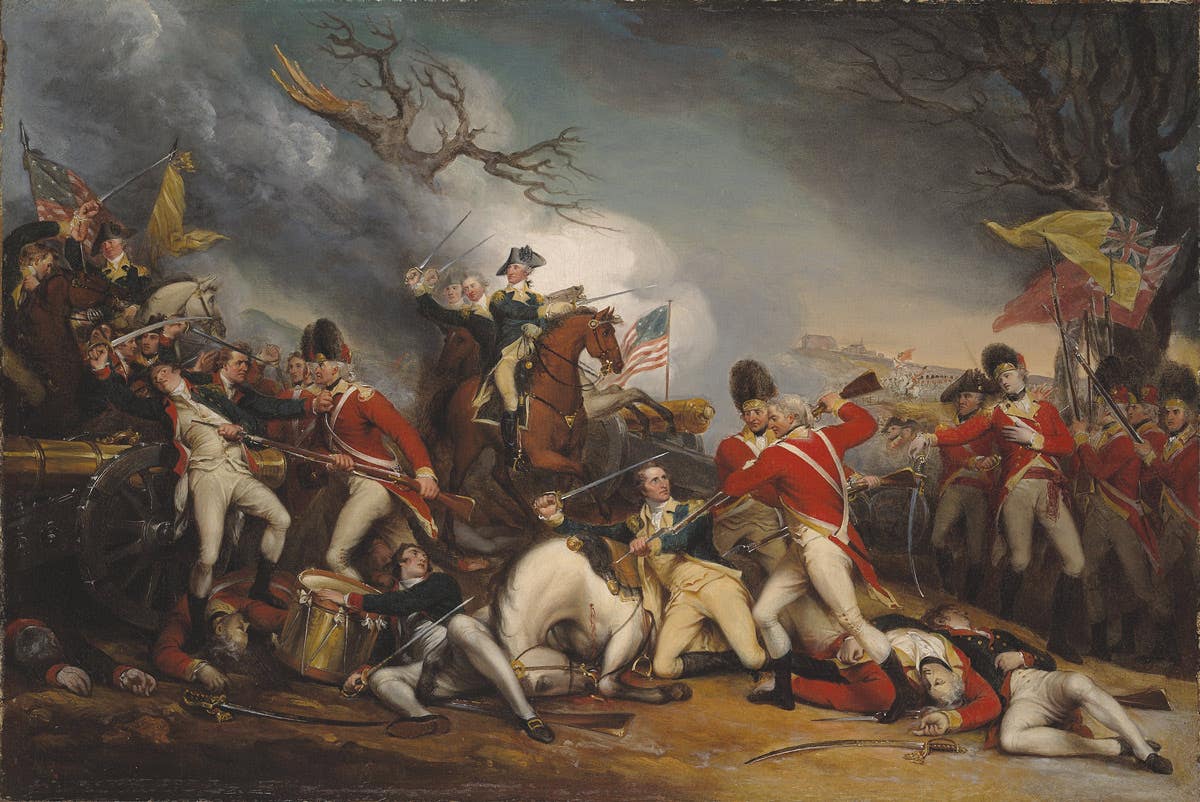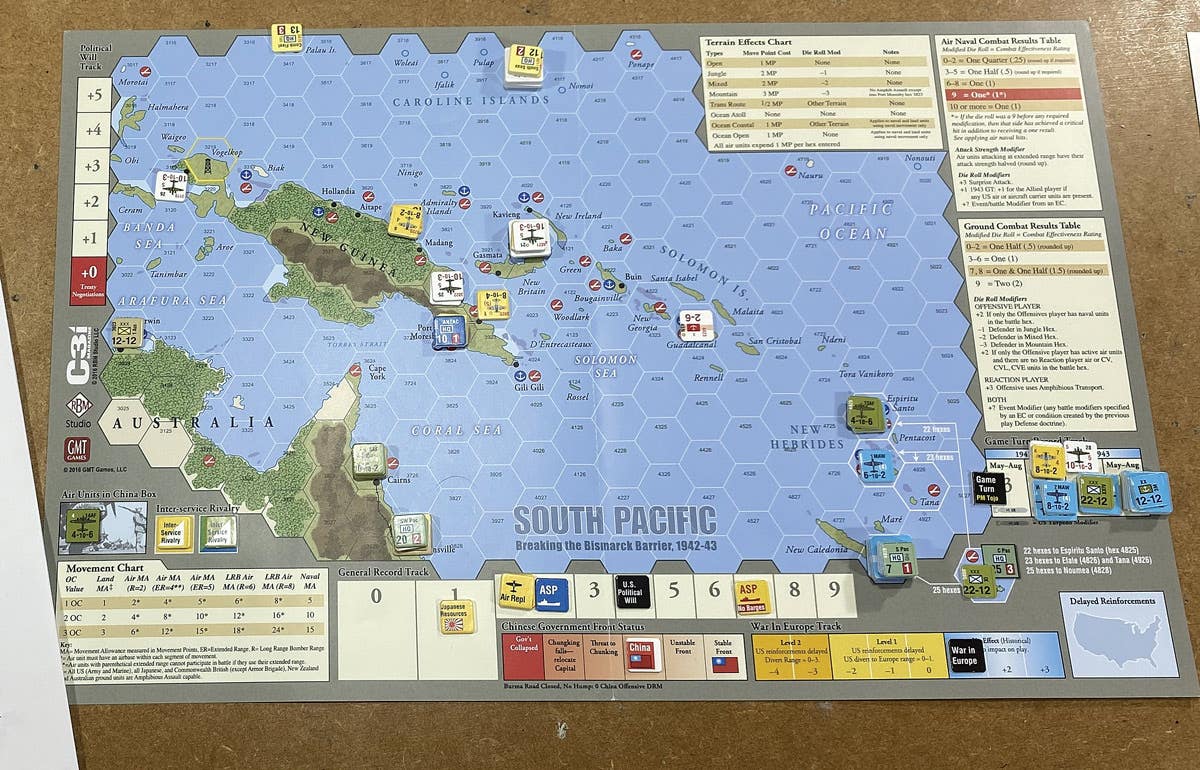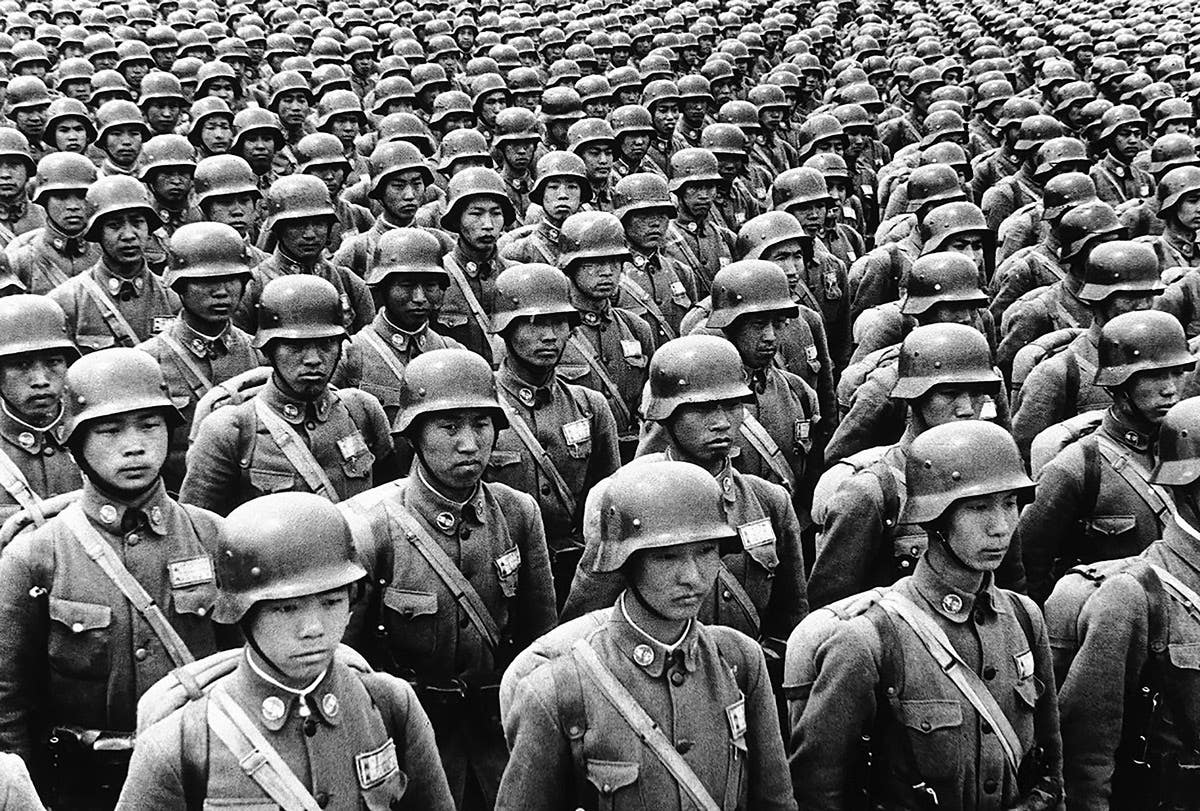ITALIAN SERVICE UNIT INSIGNIA OF WWII
The Italian Service Unit was one of the shortest-lived and unusual units organized by the U.S. government during World War II.
One of the most unusual organizations to originate under the auspices of the U.S. Army was named the Italian Service Unit (I.S.U.). The following is the history of this short-lived and virtually unknown group, formed near the end of the World War II, and the insignia worn by its members. The I.S.U. existed only from May 1944 to October 1945.
Following the armistice of Nov. 8, 1943, Italy declared war on its former ally, Germany, and attained co-belligerancy standing with the Allies. What then was to be the status of more than 50,000 Italian prisoners of war behind barbed wire in the U.S.A.?
The United States was no longer at war with Italy so American soldiers could no longer be considered prisoners of war. However, no one wanted to ship them back to Italy as the U.S. Army was very busy fighting the stubborn Germans and certainly didn’t want another 50,000 mouths to feed. They also didn’t want the problem of returnees joining the Italian co-belligerent forces, or who were still Fascists who could be subversive or flee north to join Mussolini’s pro-German armed forces. The Royal Italian government in the south had no provisions or facilities to handle an influx of 50,000 former POWs, so did not want them in Italy either.
The Italian declaration of war against Germany created a dangerous and unsettling condition in the camps. The high-ranking commanders of the prisoners were Royal Army officers who were usually either anti-Fascist, or lukewarm toward the Fascists, and in any case had sworn loyalty to the king, now commanding the co-belligerent forces. They petitioned the Americans to allow them and their men, to contribute to the defeat of Germany. On the other hand, the diehard Fascists considered such action to be traitorous and threatened violence and even death to those who espoused such a cause.
Fortunately, the Fascists were in a minority; but still, their activities caused great unrest in the camps. King Victor Emmanuel sent a message to the American government in which he stated that a great number of the imprisoned Italians would be loyal and trustworthy and desired in some way to assist the Allies in the war against Germany; he pleaded for such a way to be found.
After much deliberation, the U.S. Army decided to utilize all of this latent manpower by forming the Italian Service Unit as part of the U.S. Army Service Corps. Recruiting volunteers for the I.S.U. began in the camps in March 1944. The prisoners were judged to be anti-Fascist (those who joined the I.S.U.) or Fascists (those who declined). Those who were judged Fascist were sent to Camp No. 1 in Hereford, Texas, known to the Italians as “Campo Dux”: the name of camps in Mussolini’s Italy where Fascist youths held gatherings. Other similar camps were known as “black camps” (campi nere), from the Fascist Blackshirt (camice nere).
Not all of those who ended up in these camps were Fascists. Although refusing to volunteer for the I.S.U. (15,000 refused) meant the US government and the co-belligerant Italian government treated these men as Fascists and kept them imprisoned until long after the end of World War II.
Of course, a good number of these were Fascists, such as members of the Blackshirt Units and the “Giovani Fascisti” Regiment captured in North Africa, but many veterans having fought in Ethiopia, Spain, Albania, Greece, Yugoslavia, Russia and North Africa had seen enough of war and just wanted no more of the military. Others, who had family living in German occupied Italy, feared reprisals against their families should they join the I.S.U.
PERSONAL EXPERIENCE WITH THE ITALIAN SERVICE UNIT
My own experience with the German and Italian prisoners resulted from my having a paper route which ended at these P.O.W. camps, adjacent to Camp Plauche at the Huey P. Long bridge in Jefferson Parish, just north of New Orleans. These two camps held troops captured in North Africa and included members of famous Afrikakorps units such as Ramcke’s Parachute Brigade and the Italian “Ariete” Armored Division. I remember when the Italian camp was closed and the former prisoners, now wearing the insignia of the I.S.U. and dressed in U.S. Army uniforms, were relocated to Jackson Barracks, in Arabi, just south of New Orleans on the Mississippi River. They were employed on the New Orleans docks until the end of the war and then sent back to Italy.
For some time I used to throw my excess newspapers over the wire of both the German and Italian camps to the P.O.W.s. When the Italians joined the I.S.U. and were told that they must exchange their Italian uniforms for U.S. Army uniforms, they gave me a number of Italian insignia which began my collection of Italian militaria. No one seems to know what happened to the surrendered Italian uniforms, but I would assume they were destroyed by the U.S. Army.
THE ISU INSIGNIA
The insignia prescribed for the I.S.U. consisted of a large, oval patch, worn on the left arm in an unusual position, midway between the shoulder and elbow. It was 5-7/8 inches wide with a bright green border encircling a dull green center in which appeared embroidered white letters, 14 inches high, reading ITALY.
On the army overseas cap, the I.S.U. wore a circular patch two inches in diameter, bordered in bright red, with a dull green center in which ITALY appears in embroidered white letters, three-eighths inches high. Many photos of the I.S.U. show that the Italian Armed Forces’ five-pointed silver metal star was worn on their uniform collars. This was probably done on an individual basis as it was not authorized by the U.S. Army. Their actual status was ambiguous, as the Italian government continued to consider them as members of the Italian Armed Forces (as some of them obviously did by wearing the star) despite the I.S.U. being officially part of the U.S. Army Service Forces. A unique and peculiar situation indeed! Were they American Army (they wore U.S. Army uniforms) or Italian Army? They were being paid by both armies while serving in the I.S.U. and still carried on the rolls of the Italian Armed Forces. Upon their return to Italy they were then given their discharge papers from the Italian Armed Forces, so this is still an unanswered and probably an unanswerable question.
The I.S.U. personnel served all over the United States, from the Atlantic to the Pacific, performing essential non-combat tasks for the Army Service Forces. After the war, quite a number of them were able to immigrate to the United States, which they had been loath to leave at the end of the war.
You may also enjoy
*As an Amazon Associate, Military Trader / Military Vehicles earns from qualifying purchases.
Clem graduated from Jesuit Catholic Preparatory School in New Orleans in 1948, joined the US Navy Reserves, served in the US Army Signal Corps during the Korean War and attended the US Merchant Marine Academy.
He served 30 years aboard numerous merchant ships which allowed him to pursue his childhood passion of collecting military insignia. During his seven years of sailing in and out of Vietnam, Clem acquired an unimaginable collection of Vietnam War insignia. Every country’s port was a gold mine of tailor shops and junk stores.
In 1989, Clem took over the Vietnam Insignia Collectors Newsletter from Cecil Smyth. He quickly became the de facto overseer of the hobby.
Clem contributed numerous articles on various military insignia to Military Trader and Military Advisor. Clem died at the age of 87 on 3 February 2018. His knowledge and expertise will be missed. He will long be remembered. — Bill Brooks







